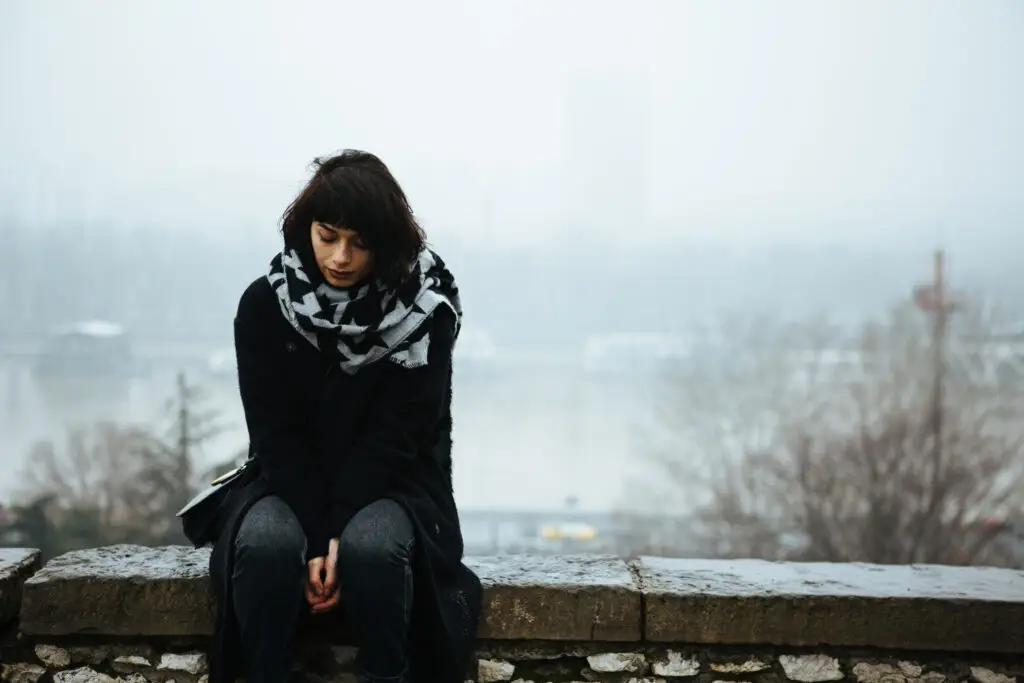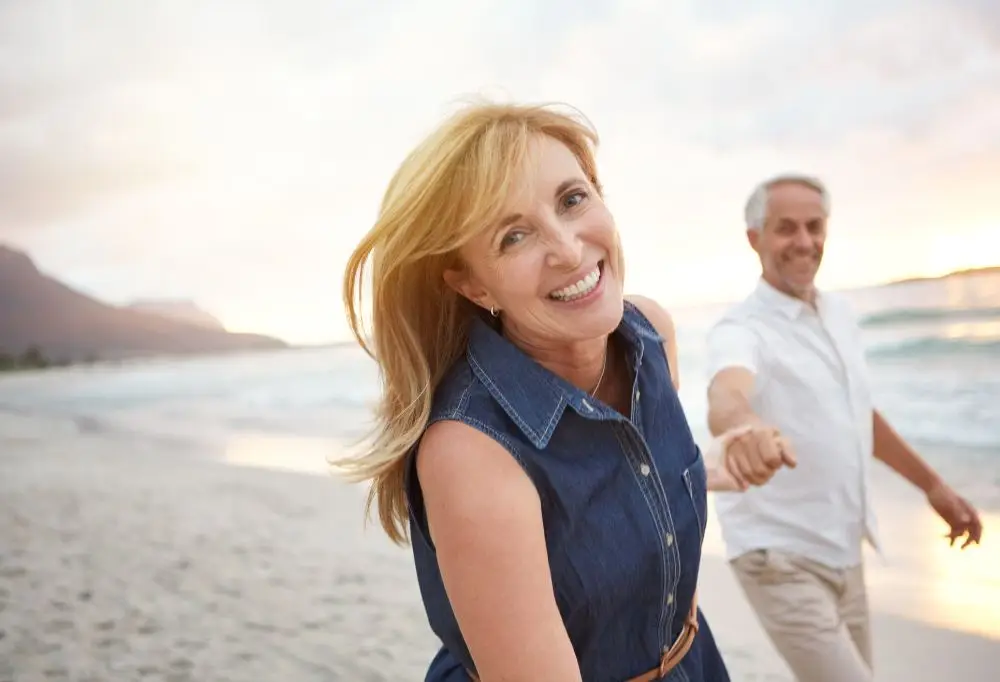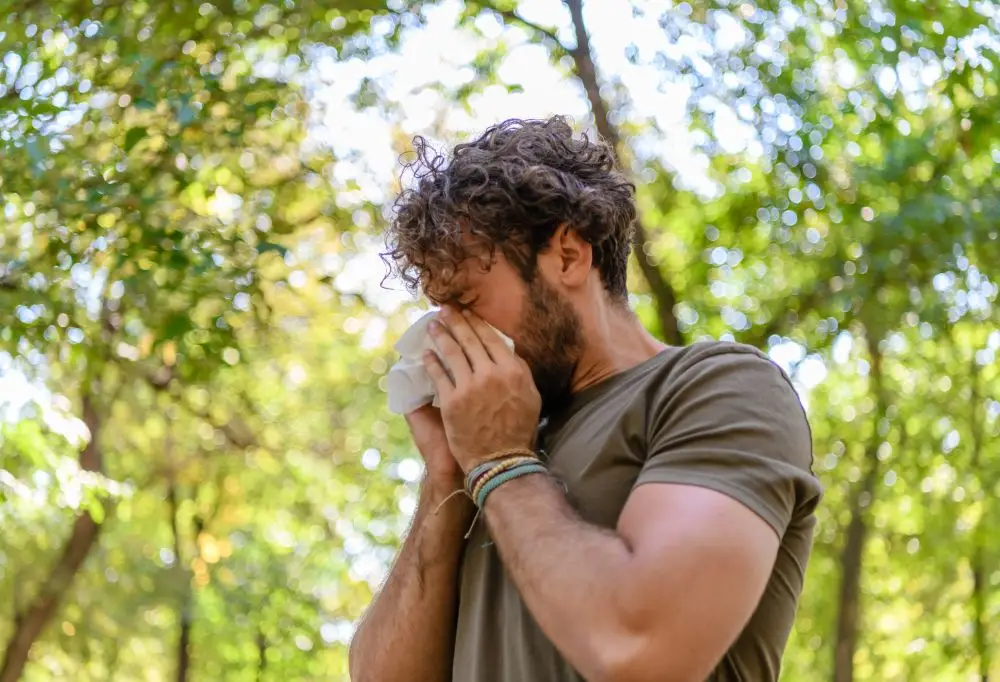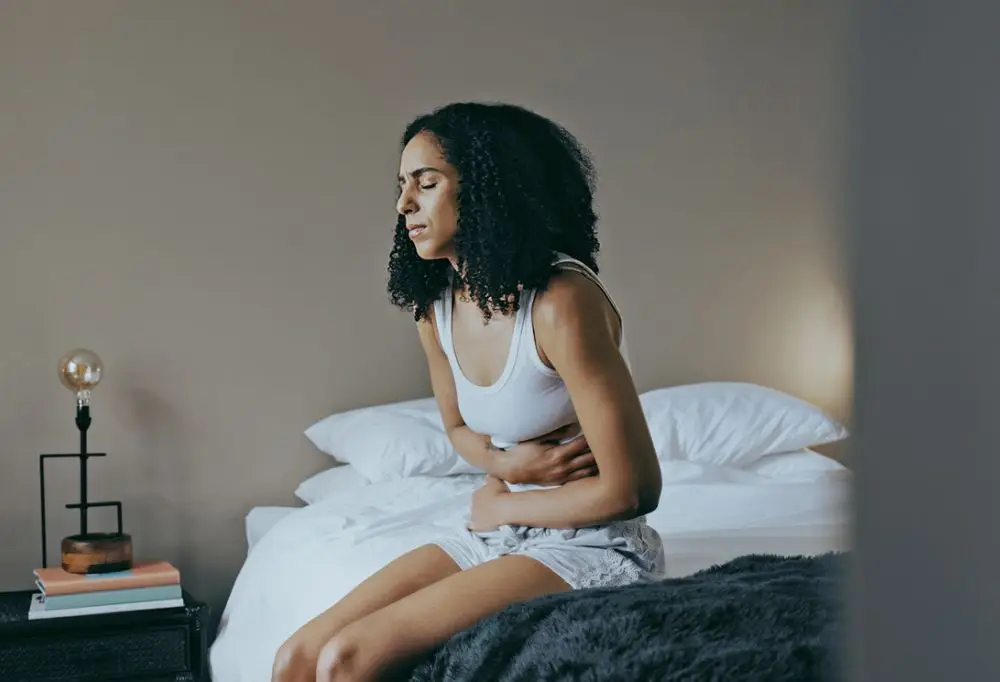Most of you know that SAD stands for something else besides Standard American Diet; it also stands for Seasonal Affective Disorder.
SAD is a real thing. It’s a form of depression that occurs during the cold months and is why it’s also called “winter blues,” even though there is a less common form that also occurs in the spring and summer.
SAD affects your mood and is thought to be due to shortened periods of light in the winter months. Symptoms are having a blue mood, low motivation, lethargy, apathy, crying, being easily discouraged, sleeping more, craving carbs, gaining weight, having lower libido, feelings of worthlessness or hopelessness, trouble making decisions, or thoughts of suicide.
SAD has been known about for hundreds of years and even back then light therapy was recommended. SAD is a disorder that can affect just about anyone, even kids, but is most common in younger women for some reason; maybe this is because their bodies are already more tuned into things like lunar cycles (does every 28 days sound familiar?)
The onset of SAD can be in late fall as the daylight hours shorten, and even though December 21 is the day of least amount of light, the disorder continues on through the winter.
Are Drugs The Answer?
Not usually. Most cases get better in a few days to a few weeks with light therapy. So how do you do that?
Sit in front of a light box that is at eye level 12-24” away with a light intensity of 10,000 LUX (pretty intense) for about 30 minutes a day. During that time, read or do things on your computer, allowing the light to enter your eyes, but don’t stare directly into the light (that would hurt your eyes). Instead, place it a little off to the side. The light unit should also filter out the harmful UV radiation (unlike tanning beds).
Two units that to check out are the Lightphoria 10,000LUX Energy Light Lamp for around $65 (#1 Seller in Light Therapy on Amazon), and the NatureBright Sun Touch Plus Light and Ion Therapy Lamp for around $70 both available on Amazon. In the past, lights for SAD have cost $200-500, so it is great that they are now so much cheaper.
Vitamin D deficiency is a common condition and may be a factor in SAD.
Known as the “sunshine vitamin,” Vitamin D levels go down in the winter months, and low levels are associated with low mood. To be sure you are not insufficient, you can take 5,000 units daily (one serving of Inwell vitamin D/ K2) without having to worry about toxicity. And if you’ve had your blood level checked and it’s < 30, you should take 10,000 units daily for a short time, then go back to 5,000 IUs daily. It is best to work with your practitioner during this process.
Exercise
One final thing to remember is that aerobic exercise has been found to be as effective in boosting mood as antidepressants in several studies; don’t forget to keep working out even during the winter months. Many health clubs have an affordable monthly rate and if you prefer to exercise at home, there are many online streaming options (start with YouTube!) Go get moving, and move away from the winter blues with ease.
Do you think you have SAD? It’s time to restore the neurotransmitters in your brain and we can help! You may be a great candidate for our Brain and Neurotransmitter Restoration Program, or BrainRx. See more details and register here!






